Home>Articles>How Long Does It Take An Ice Cream Maker To Make Ice Cream
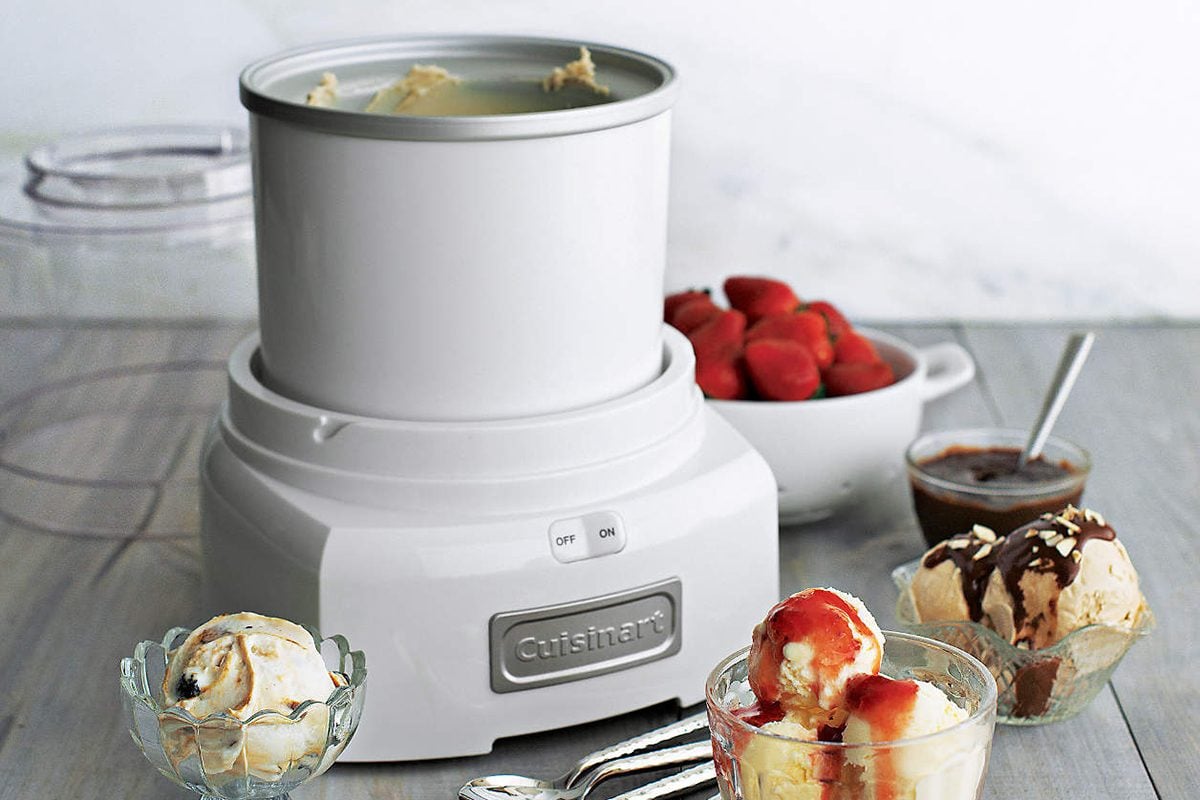

Articles
How Long Does It Take An Ice Cream Maker To Make Ice Cream
Modified: February 20, 2024
Discover how long it takes an ice cream maker to create delicious homemade ice cream with our informative articles. Explore tips and techniques for speedy freezing and delightful results.
(Many of the links in this article redirect to a specific reviewed product. Your purchase of these products through affiliate links helps to generate commission for Storables.com, at no extra cost. Learn more)
Introduction
Welcome to the world of homemade ice cream! There’s nothing quite like the satisfaction of making your own delicious frozen treats right in the comfort of your own kitchen. But how long does it really take for an ice cream maker to churn out that creamy goodness? In this article, we’ll delve into the factors that affect ice cream making time, the role of ingredients, the different types of ice cream makers available, recommended ice cream making times, and some tips for faster ice cream making.
Making ice cream at home has become increasingly popular, as it allows for complete control over the ingredients and customization according to personal flavor preferences. Whether you’re using a traditional hand-crank ice cream maker or a modern electric model, the process remains relatively similar. However, the time it takes to transform a mixture of ingredients into a smooth and creamy ice cream can vary depending on various factors.
Before we dive into those factors, let’s briefly touch on the different types of ice cream makers available in the market. There are two main types: the traditional manual churn-style ice cream makers and the modern electric ice cream makers. Manual churn-style ice cream makers require the user to manually turn a crank, which agitates the mixture and helps freeze it. On the other hand, electric ice cream makers have a motorized paddle that churns the mixture automatically.
Now that we have a basic understanding of ice cream makers, let’s take a closer look at the factors that can influence the time it takes to make ice cream. One of the most significant factors is the composition of the ice cream mixture itself.
Stay tuned as we explore the role of ingredients and delve deeper into the various factors that affect ice cream making time.
Key Takeaways:
- Homemade ice cream making time varies based on factors like ingredients, ice cream maker type, and ambient temperature. Pre-chilling ingredients and using smaller batches can speed up the process.
- Understanding the role of ingredients and optimizing chilling conditions can help expedite the ice cream making process without compromising on quality. Enjoy the satisfaction of quick and delicious homemade frozen treats!
Understanding Ice Cream Makers
Ice cream makers are the magical appliances that transform a simple mixture of ingredients into a creamy and delectable frozen treat. Understanding how they work is key to optimizing the ice cream making process.
Both manual churn-style ice cream makers and electric ice cream makers have a similar basic principle – they freeze the mixture while continuously churning or agitating it. This constant movement prevents the formation of ice crystals, resulting in a smoother and creamier texture.
In manual churn-style ice cream makers, the mixture is placed in a metal canister surrounded by a mixture of ice and rock salt. The ice and rock salt create a frigid environment that quickly freezes the mixture. The user must manually turn a crank, which rotates the canister and scrapes the frozen mixture off the sides, incorporating air into the mixture and preventing it from solidifying into a block of ice.
Electric ice cream makers, on the other hand, have a motorized paddle that performs the churning process automatically. The mixture is poured into a removable container, and the paddle continuously rotates and mixes the ingredients while freezing it.
Understanding the mechanisms at play in ice cream makers is crucial to determine the optimal time required to make ice cream. Factors such as the type of ice cream maker, the temperature of the mixture, and the composition of the ingredients can all influence the time it takes to achieve the perfect consistency.
Now that we have a better understanding of how ice cream makers work, let’s explore the various factors that can affect the time it takes to make ice cream.
Factors Affecting Ice Cream Making Time
The time it takes to make ice cream can vary depending on several factors. Understanding these factors will help you optimize the ice cream making process and achieve consistent results. Let’s take a closer look at the key factors that influence ice cream making time.
1. Temperature of Ingredients: The temperature of the ingredients used to make ice cream can greatly impact the time it takes to freeze and churn. It is essential to start with chilled ingredients, especially the dairy base, as colder temperatures will help the mixture freeze more quickly.
2. Fat Content: The fat content of the ice cream mixture can influence the freezing process. Higher fat content can result in slower freezing times as the fat takes longer to solidify. Conversely, lower fat content can lead to faster freezing times.
3. Sugar Content: The amount of sugar in the ice cream mixture also affects freezing time. Sugar acts as an anti-freeze, preventing the formation of large ice crystals. A higher sugar content can lower the freezing point of the mixture, resulting in a longer freezing time.
4. Air Incorporation: The churning process in ice cream makers not only freezes the mixture but also incorporates air. The more air that is incorporated, the lighter and fluffier the ice cream will be. The speed at which the mixture is churned can determine the amount of air incorporated, which in turn can affect the freezing time.
5. Ambient Temperature: The temperature of the environment in which the ice cream maker is operating can also impact freezing time. Warmer ambient temperatures may require longer freezing times, while colder temperatures can expedite the process.
6. Size of Ice Cream Maker: The size of the ice cream maker can play a role in determining the freezing time. Smaller ice cream makers with less capacity may freeze the mixture faster due to the smaller volume, while larger ice cream makers may take longer.
7. Type of Ice Cream Maker: The type of ice cream maker used, whether it’s a manual churn-style or an electric model, can affect the freezing time. Electric ice cream makers typically have a more powerful motor and faster churning mechanism, resulting in shorter freezing times compared to manual churn-style makers.
By considering these factors and making adjustments accordingly, you can fine-tune the ice cream making process to achieve the desired consistency and texture in your homemade frozen treats.
The Role of Ingredients
When it comes to making ice cream, the ingredients you use play a vital role in determining the taste, texture, and overall quality of the final product. Each ingredient serves a specific purpose and contributes to the deliciousness of your homemade frozen treat. Let’s explore the role of each ingredient in the ice cream making process.
1. Dairy Base: The dairy base is the main component of ice cream and provides the creamy and rich texture we all love. Common dairy bases include whole milk, heavy cream, and a combination of both. The fat content in the dairy base contributes to the smoothness and richness of the ice cream.
2. Sweeteners: Sweeteners such as granulated sugar, honey, or maple syrup are added to provide sweetness to the ice cream. Not only do they enhance the flavor, but they also play a role in the freezing process. Sugar lowers the freezing point of the mixture, preventing the formation of large ice crystals and promoting a smoother texture.
3. Flavorings: Flavorings are what give ice cream its unique taste. Vanilla extract, cocoa powder, fruit extracts, or other flavorings can be added to the ice cream mixture to create a variety of flavor options. Be sure to use high-quality flavorings for the best results.
4. Mix-ins: Mix-ins are ingredients that add texture and extra flavor to the ice cream. This can include chocolate chips, nuts, fruit chunks, cookie crumbs, or any other delicious additions you desire. Mix-ins can be added during the churning process to evenly distribute them throughout the ice cream.
5. Stabilizers: Stabilizers such as egg yolks or cornstarch are often used in ice cream recipes. They help prevent ice crystals from forming and improve the overall stability of the mixture, resulting in a smoother and creamier texture.
6. Optional Additions: Depending on your personal preference, you can add extra elements to your ice cream. This can include a pinch of salt to enhance the flavors, a splash of alcohol to prevent the ice cream from freezing too hard, or even a swirl of caramel or fudge sauce to create a delicious ripple effect.
Each ingredient plays a crucial role in the ice cream making process, from providing the base and sweetness to adding flavor and texture. By carefully selecting high-quality ingredients and following a well-balanced recipe, you can create homemade ice cream that rivals any store-bought variety.
The time it takes for an ice cream maker to make ice cream can vary depending on the specific machine and recipe. However, a typical time frame is around 20-30 minutes for most home ice cream makers.
Types of Ice Cream Makers
When it comes to making delicious homemade ice cream, there are several types of ice cream makers to choose from. Each type has its own unique features and benefits. Let’s explore the different types of ice cream makers available on the market:
1. Manual Churn-Style Ice Cream Maker: This traditional type of ice cream maker requires manual effort to churn the mixture. It consists of a metal canister that holds the ice cream mixture, which is placed inside a larger container filled with ice and rock salt. The user must manually turn a crank to rotate the canister, agitating the mixture and freezing it in the process. These ice cream makers offer a nostalgic experience and are great for those who enjoy a hands-on approach to ice cream making.
2. Electric Ice Cream Maker: Electric ice cream makers are more convenient and user-friendly compared to manual churn-style models. They consist of a motorized paddle that continuously churns the ice cream mixture. Some models have a removable freezer bowl that needs to be pre-frozen before use, while others have built-in freezers that eliminate the need for pre-freezing. Electric models offer a hassle-free ice cream making experience and typically have shorter freezing times.
3. Compressor Ice Cream Maker: Compressor ice cream makers are the most advanced and versatile type of ice cream makers. They have a built-in compressor that functions as a freezer, eliminating the need for pre-freezing the bowl or using ice and salt. These machines allow you to make multiple batches of ice cream back-to-back without waiting for the bowl to refreeze. Compressor ice cream makers offer convenience and flexibility, making them a popular choice for avid homemade ice cream enthusiasts.
4. Soft-Serve Ice Cream Maker: Soft-serve ice cream makers are designed specifically for creating soft and creamy ice cream with a smooth texture. They have a built-in air pump that injects air into the ice cream mixture, creating that signature fluffy and light consistency. Soft-serve ice cream makers are a great option for those who prefer a lighter and less dense ice cream.
When choosing an ice cream maker, consider factors such as your personal preferences, budget, and desired level of convenience. Whether you opt for the traditional charm of a manual churn-style ice cream maker or the convenience of an electric or compressor model, making homemade ice cream will be a delightful and rewarding experience.
Read more: How Long Does Cuisinart Ice Cream Maker Take
Recommended Ice Cream Making Times
When making homemade ice cream, it’s important to follow the recommended time guidelines to achieve the perfect texture and consistency. While the exact freezing time may vary depending on factors such as the type of ice cream maker and the recipe used, here are some general recommendations for ice cream making times:
1. Manual Churn-Style Ice Cream Maker: When using a manual churn-style ice cream maker, the typical freezing time can range from 20 to 40 minutes. It’s important to consistently turn the crank every few minutes to ensure even freezing and prevent the formation of ice crystals. Keep in mind that this type of ice cream maker may require a longer freezing time compared to electric models.
2. Electric Ice Cream Maker: Electric ice cream makers typically have shorter freezing times compared to manual churn-style models. The average recommended freezing time for electric models varies between 20 to 30 minutes. However, it’s always a good idea to check the manufacturer’s instructions for your specific ice cream maker to determine the optimal freezing time for best results.
3. Compressor Ice Cream Maker: Compressor ice cream makers offer the convenience of continuous ice cream making without the need for pre-freezing. The average recommended freezing time for compressor models ranges from 30 to 60 minutes, depending on the recipe and desired consistency. These machines typically have a faster freezing capability due to the built-in compressor, allowing you to enjoy homemade ice cream in a shorter amount of time.
4. Soft-Serve Ice Cream Maker: Soft-serve ice cream makers have a different freezing time compared to traditional ice cream makers. The recommended freezing time for soft-serve machines is typically around 15 to 20 minutes. The continuous churning action and the incorporation of air give the ice cream its creamy and light texture, resulting in a shorter freezing time compared to other types of ice cream makers.
Remember that these recommended freezing times are general guidelines and can vary depending on the specific recipe and personal preference for ice cream consistency. It’s always a good idea to monitor the ice cream during the freezing process and adjust the time accordingly to achieve the desired texture.
Now that you are aware of the recommended ice cream making times, let’s explore some tips that can help you make ice cream faster without compromising on quality.
Tips for Faster Ice Cream Making
If you’re eager to indulge in homemade ice cream in a shorter amount of time, here are some tips to help speed up the ice cream making process without compromising on quality:
1. Pre-Chill Ingredients: Ensure that your ingredients, particularly the dairy base, are pre-chilled before starting the ice cream making process. Cold ingredients will freeze faster, reducing the overall freezing time. You can refrigerate the mixture for a couple of hours or overnight to ensure it is properly chilled.
2. Pre-Freeze the Ice Cream Maker: If you’re using an ice cream maker with a removable freezer bowl, make sure to pre-freeze it according to the manufacturer’s instructions. Ensure that the bowl is thoroughly frozen before adding the mixture. This step will help speed up the freezing process and result in faster ice cream making.
3. Use Smaller Batches: When making ice cream, consider making smaller batches. Less volume in the ice cream maker allows for quicker freezing and churning. If you have a large recipe, divide it into smaller portions and make them separately for faster results.
4. Add Liquid Nitrogen: For a truly rapid freezing experience, consider using liquid nitrogen as a freezing agent. Liquid nitrogen freezes the mixture almost instantly, resulting in ultra-fast ice cream making. However, it’s important to exercise caution and follow proper safety measures when using liquid nitrogen. Seek professional guidance or advice before attempting this technique.
5. Freeze the Mix-In Ingredients: If you’re adding mix-ins like chocolate chips or nuts to your ice cream, pre-freeze them before adding them to the mixture. This will prevent them from melting and delaying the freezing process. Frozen mix-ins will also help keep the ice cream colder, resulting in faster freezing times.
6. Adjust Recipe Ratios: Modifying the ratio of ingredients in your recipe can affect the freezing time. Increasing the fat content, such as adding more heavy cream, can slow down the freezing process, while reducing the fat content can result in faster freezing. Experiment with different ingredient ratios to find the balance of flavor and freezing time that suits your preferences.
7. Optimize Chilling and Freezing Conditions: Maintain a cool environment while making ice cream. Avoid placing the ice cream maker in direct sunlight or a warm area. If possible, lower the room temperature or assist the ice cream maker by placing it in a well-insulated container with extra ice and salt to enhance the freezing process.
By following these tips, you can enjoy your homemade ice cream in a shorter time frame. Remember to strike a balance between speed and quality, and always prioritize food safety and proper freezing techniques.
Now that you’re equipped with the knowledge of faster ice cream making, you can indulge in homemade frozen treats in no time. Enjoy the satisfaction of a quick and delicious dessert straight from your very own ice cream maker!
Conclusion
Congratulations! You’re now well-versed in the art of ice cream making and equipped with the knowledge to optimize the process. From understanding the different types of ice cream makers to considering the factors that affect ice cream making time, you now have the tools to create delectable frozen treats in the comfort of your own kitchen.
Remember, the time it takes to make ice cream can vary depending on various factors such as the type of ice cream maker, temperature of ingredients, fat and sugar content, and even the ambient temperature. By understanding and considering these factors, you can determine the optimal freezing times for your homemade ice cream.
Additionally, the role of ingredients cannot be understated. The dairy base, sweeteners, flavorings, and mix-ins all come together to create the perfect taste and texture. Be sure to use high-quality ingredients and follow a balanced recipe to achieve the best results.
If you’re looking to make ice cream quickly, consider pre-chilling your ingredients, pre-freezing the ice cream maker’s bowl, using smaller batches, or even adding frozen mix-ins. These tips can help expedite the freezing process without compromising the quality of your ice cream.
Whether you prefer the old-fashioned charm of a manual churn-style ice cream maker or the convenience of an electric or compressor model, the joy of homemade ice cream is unparalleled. With a little practice and experimentation, you’ll be able to create a wide array of flavors and textures to suit your taste buds.
So, roll up your sleeves, gather your ingredients, and let your creativity flow. Ice cream making is not just a delightful culinary endeavor but also an excellent way to bring joy to yourself and your loved ones. Enjoy the process, savor the results, and cherish the memories created with each scoop of homemade ice cream.
Frequently Asked Questions about How Long Does It Take An Ice Cream Maker To Make Ice Cream
Was this page helpful?
At Storables.com, we guarantee accurate and reliable information. Our content, validated by Expert Board Contributors, is crafted following stringent Editorial Policies. We're committed to providing you with well-researched, expert-backed insights for all your informational needs.
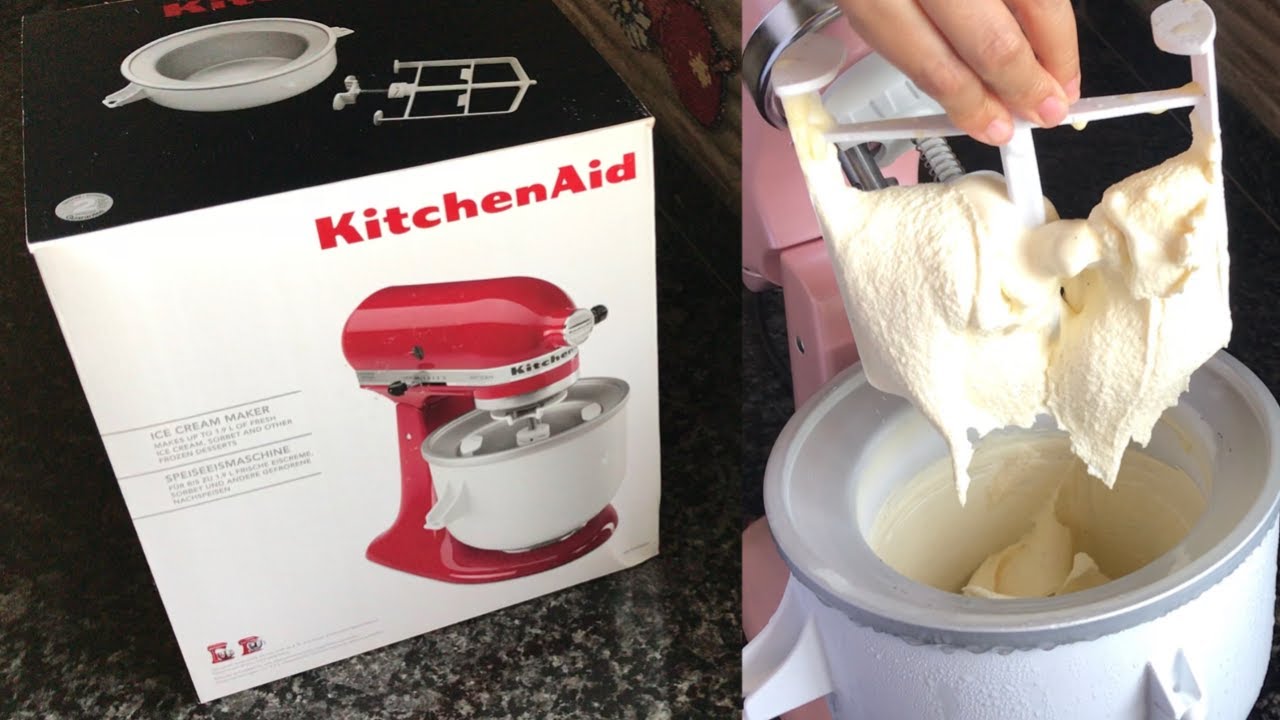
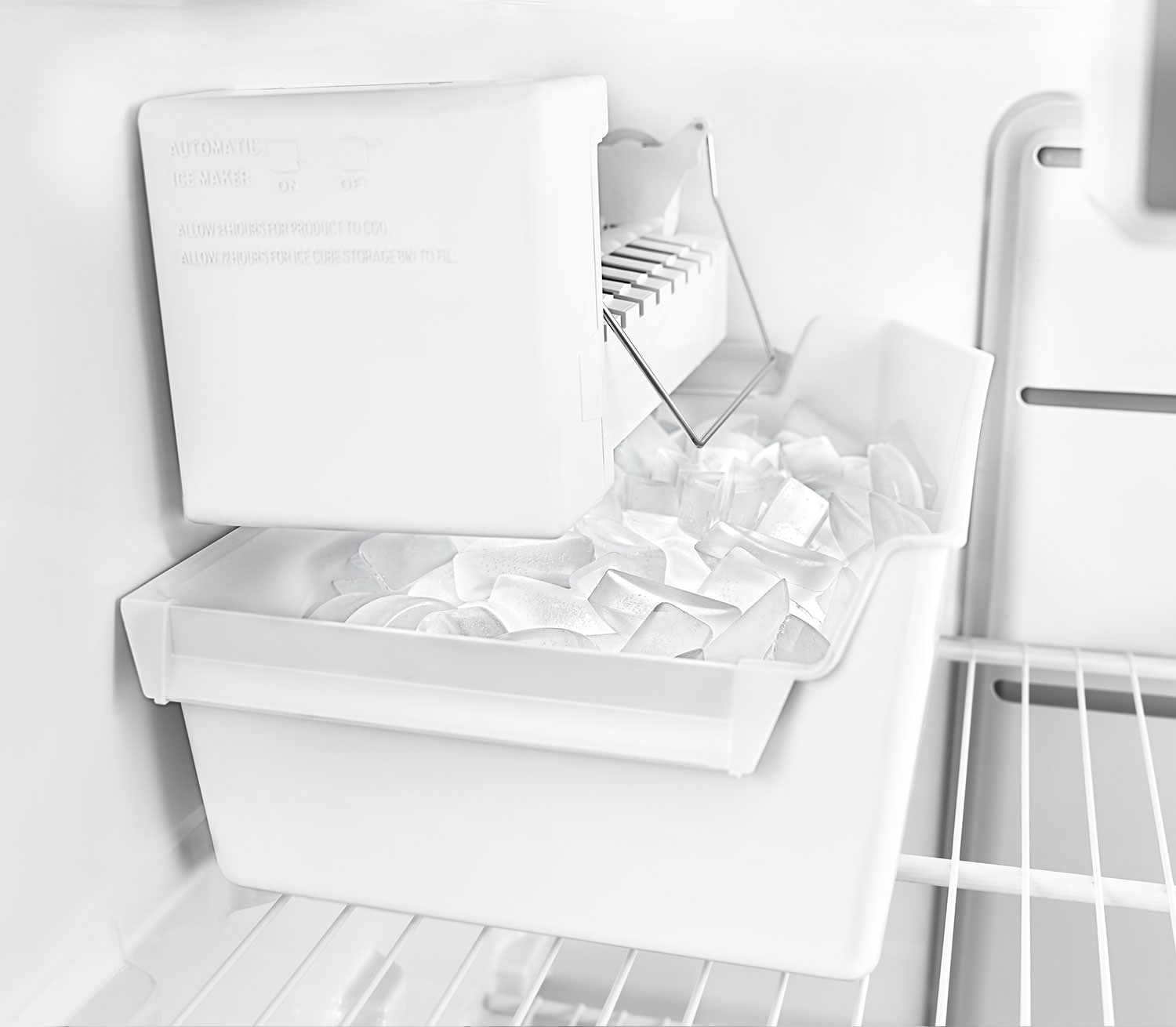
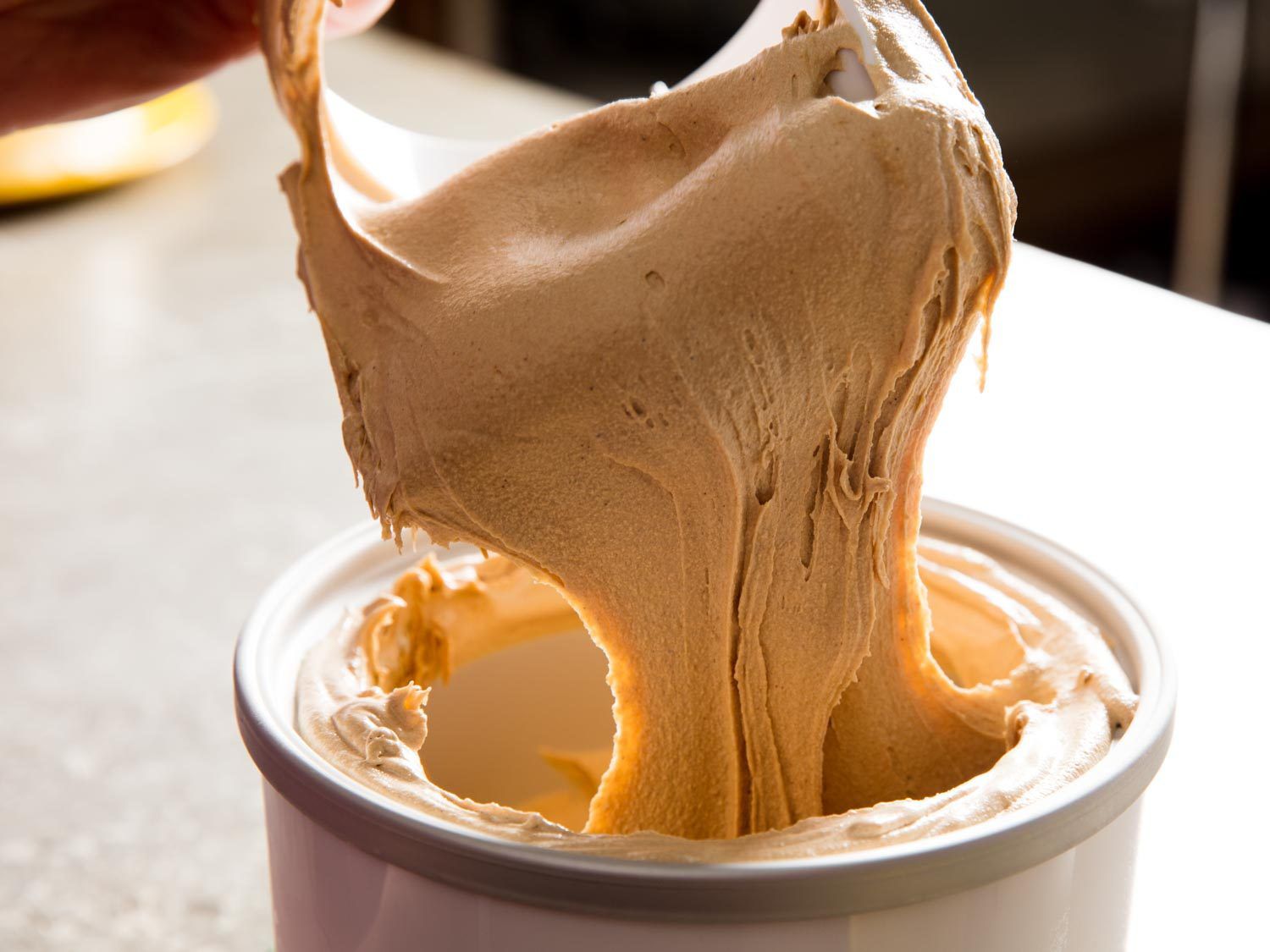
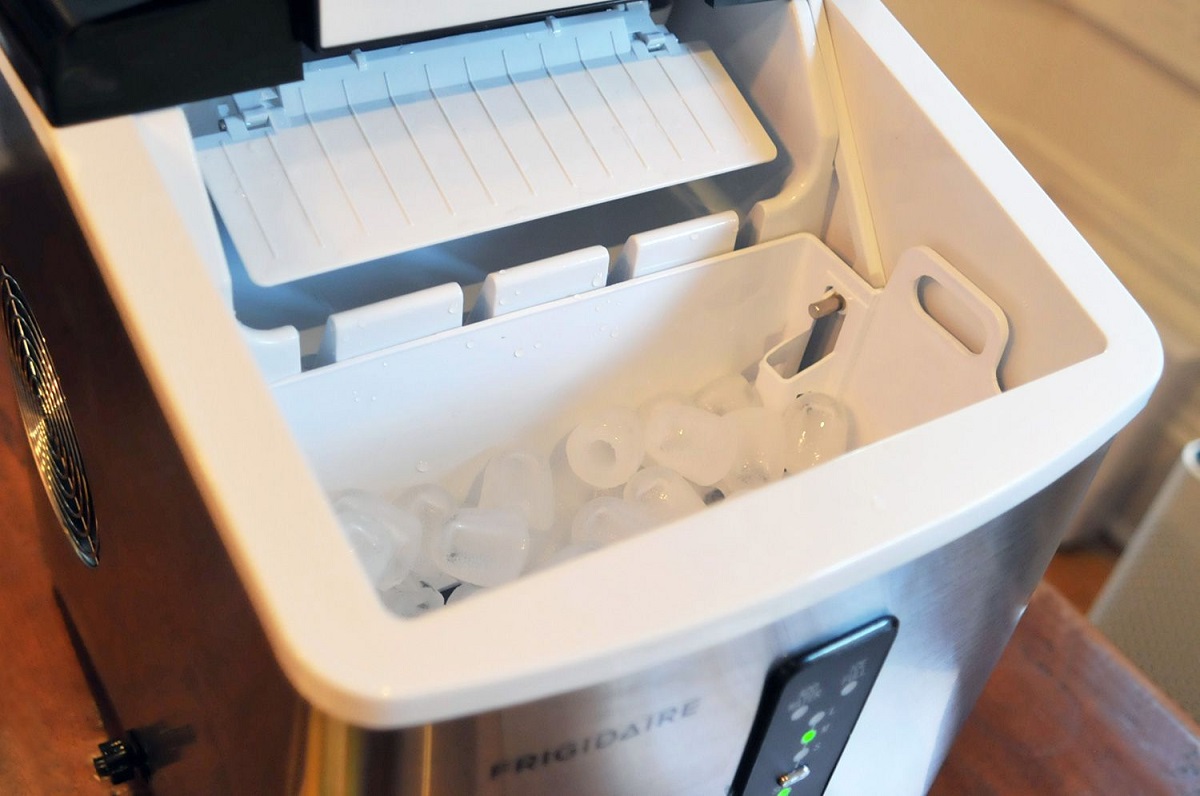
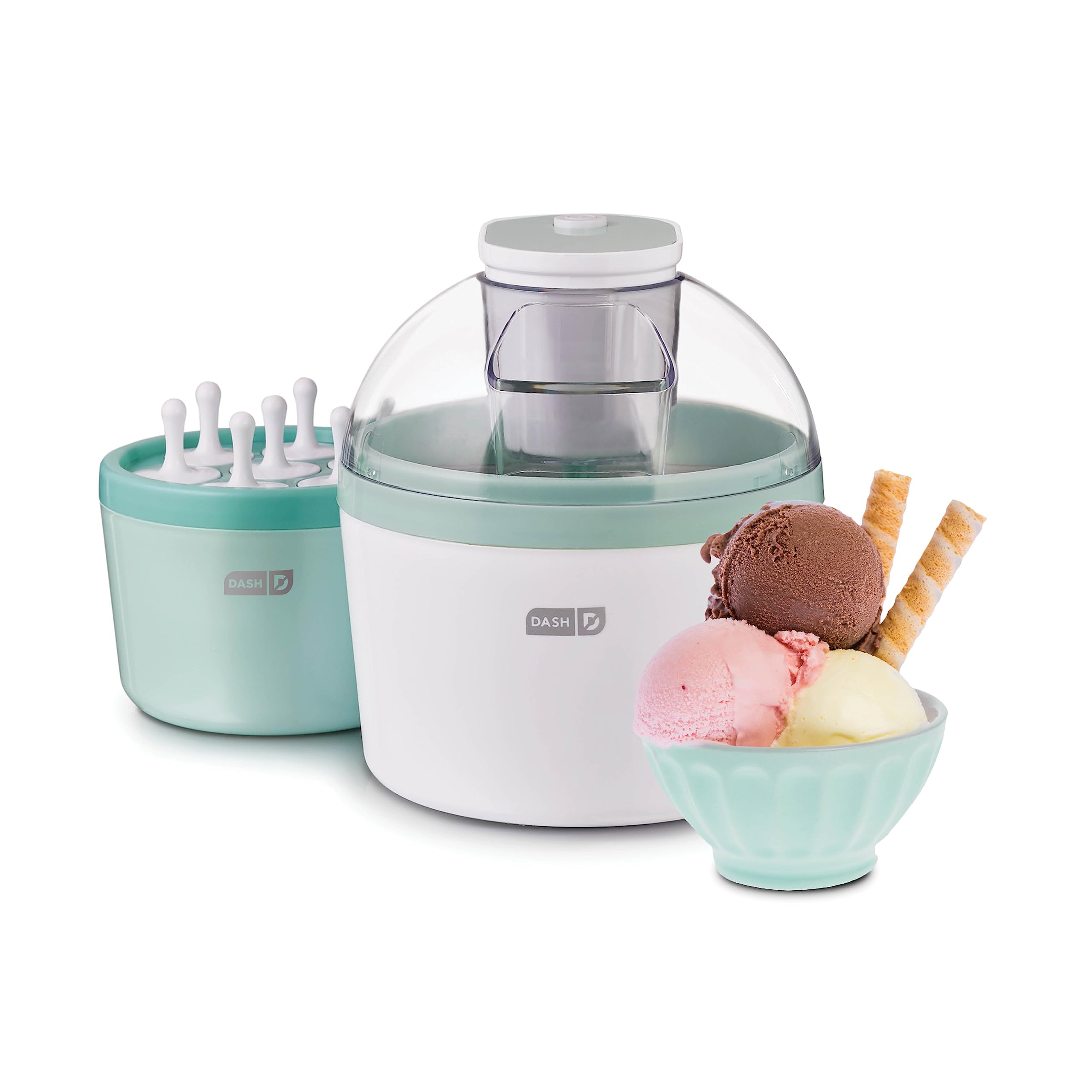
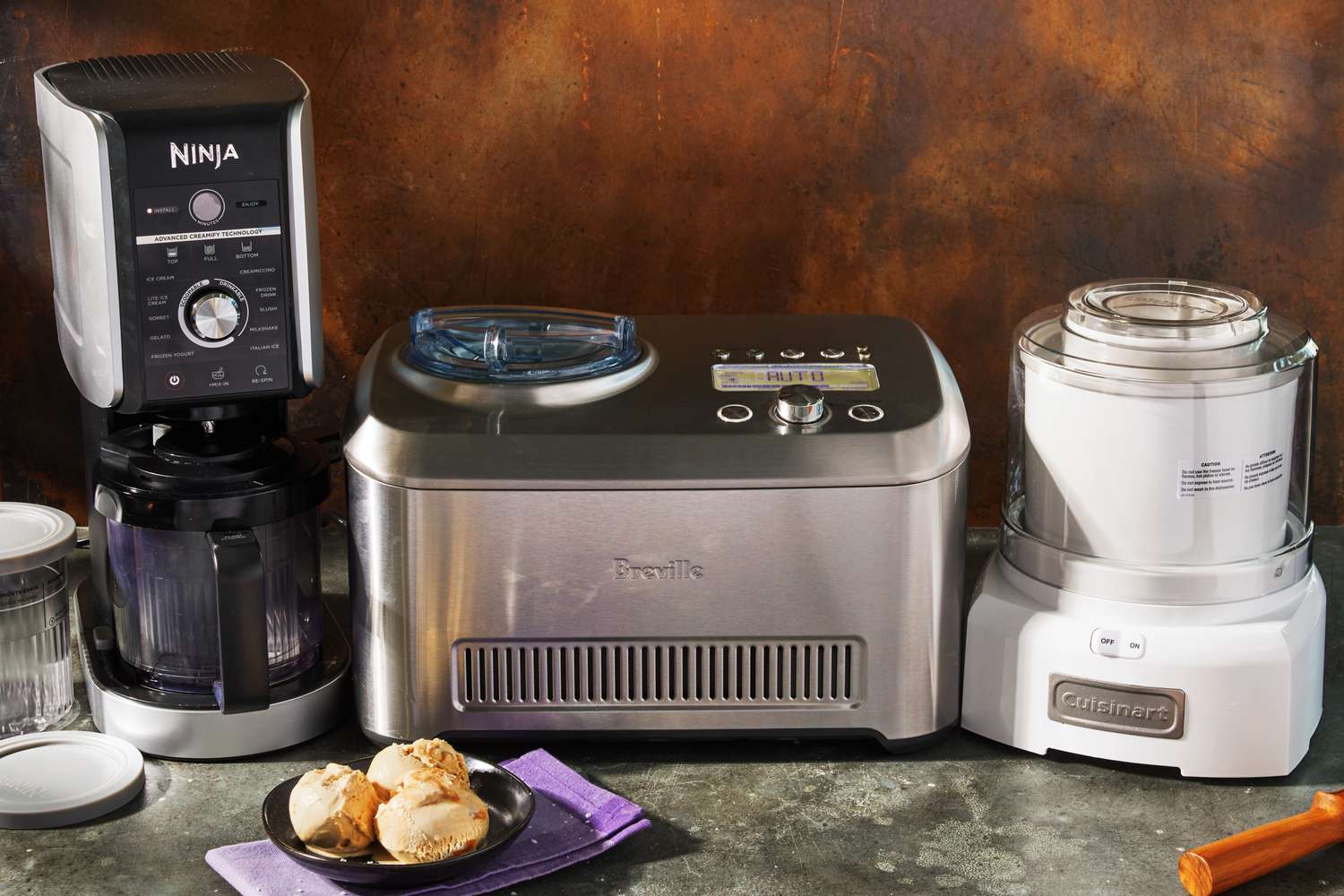
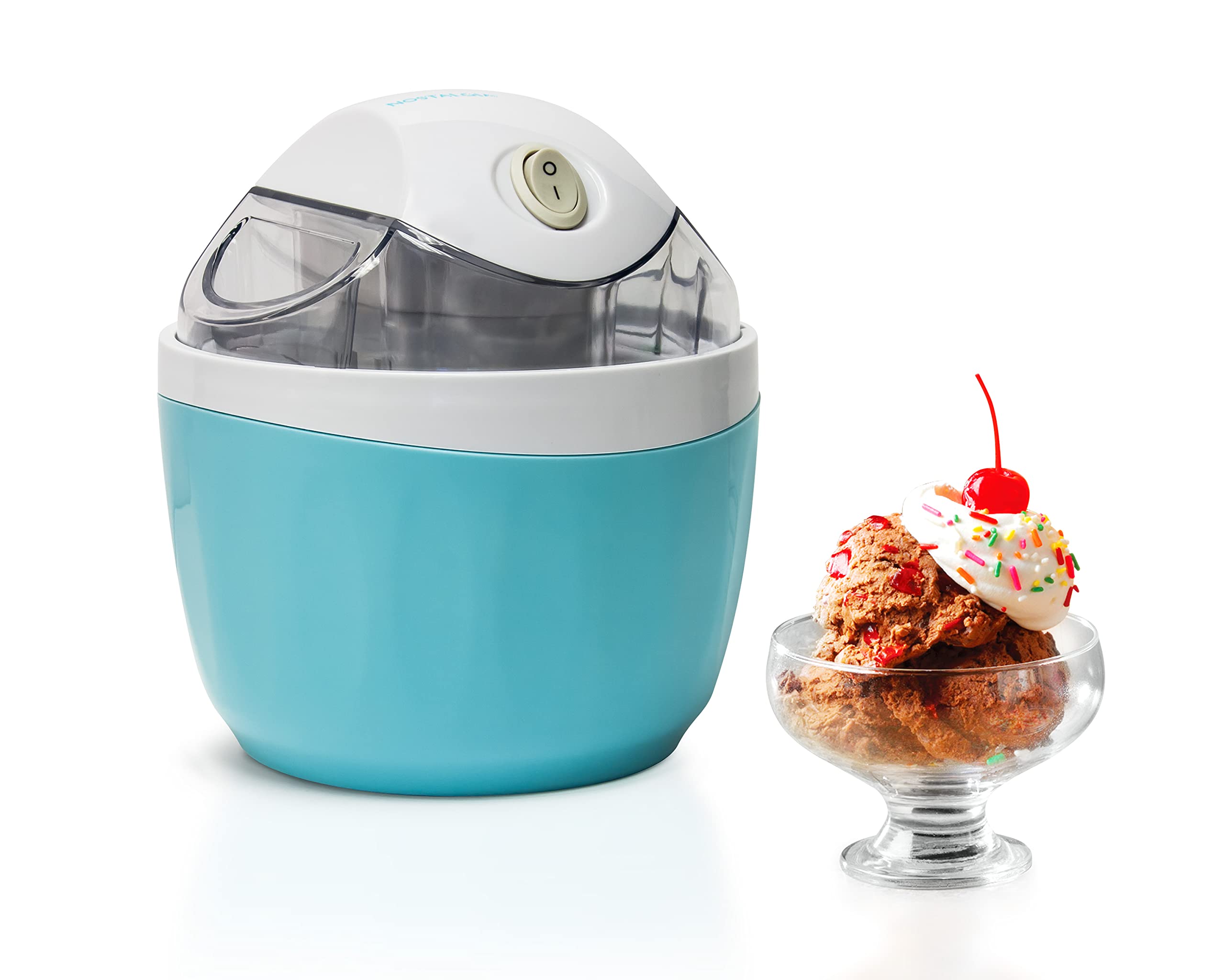
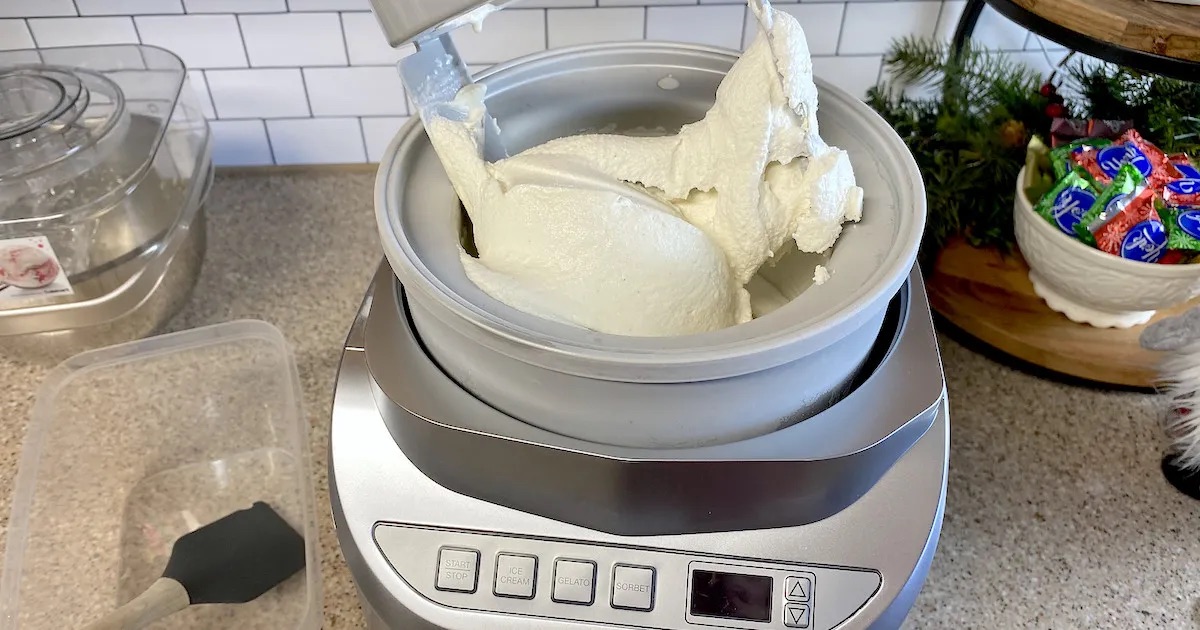
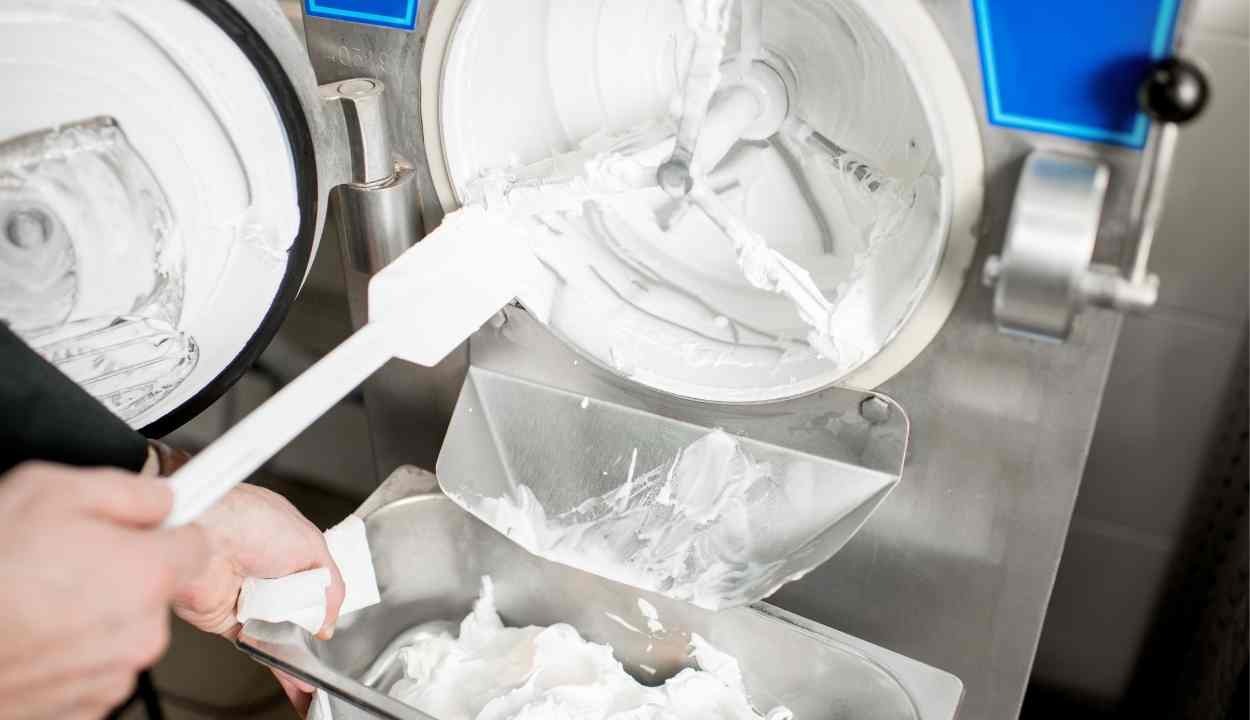
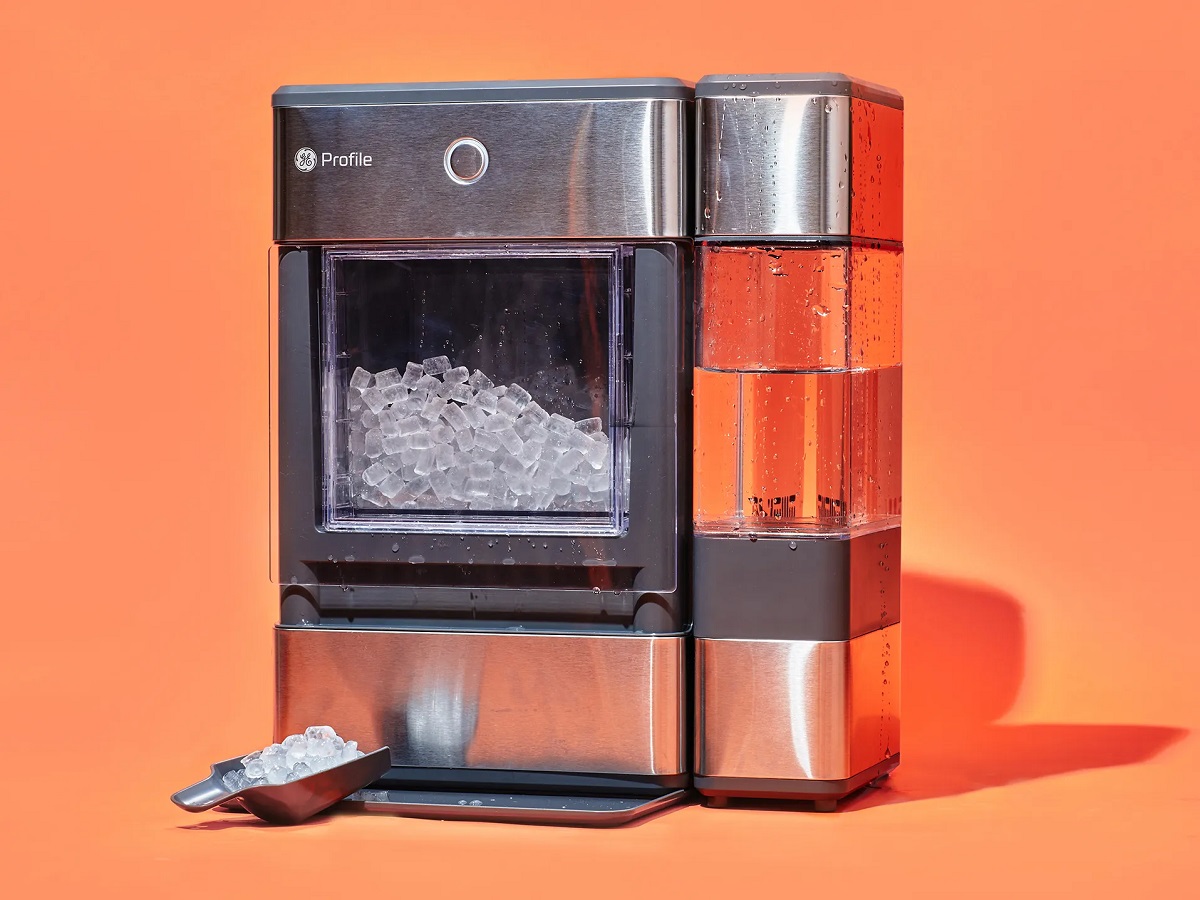
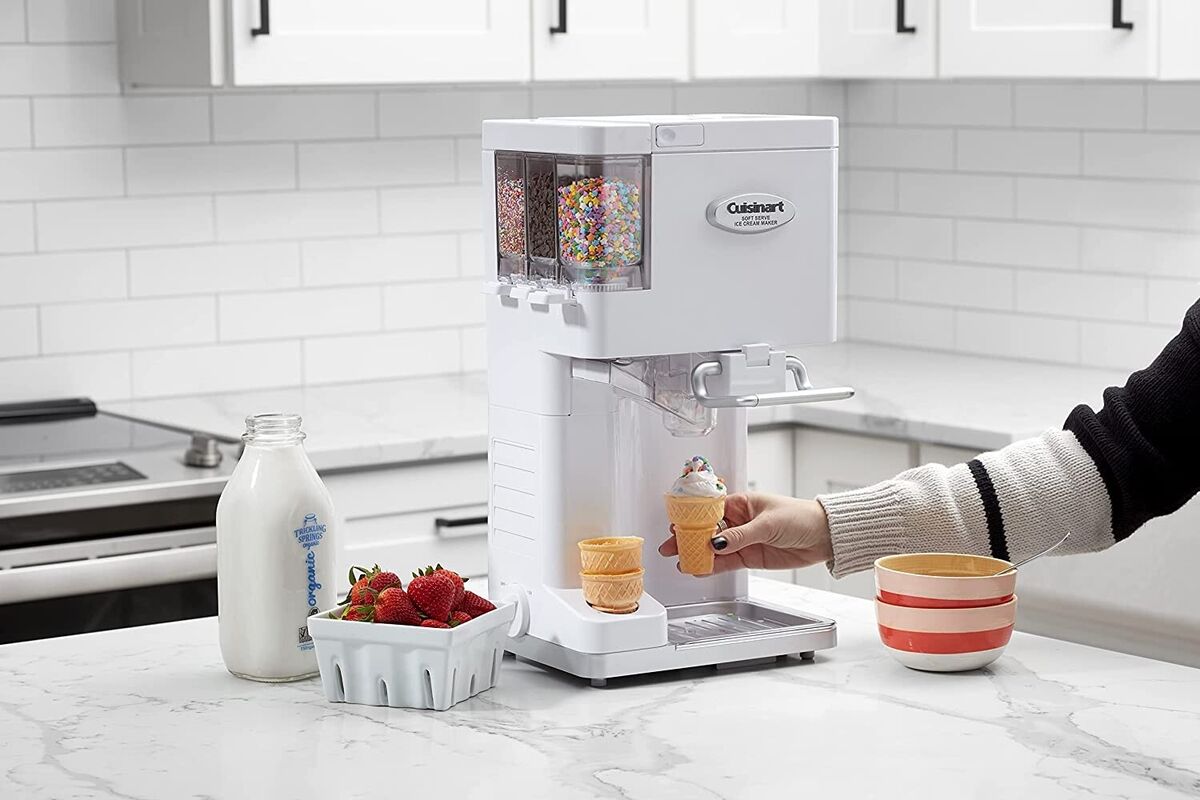
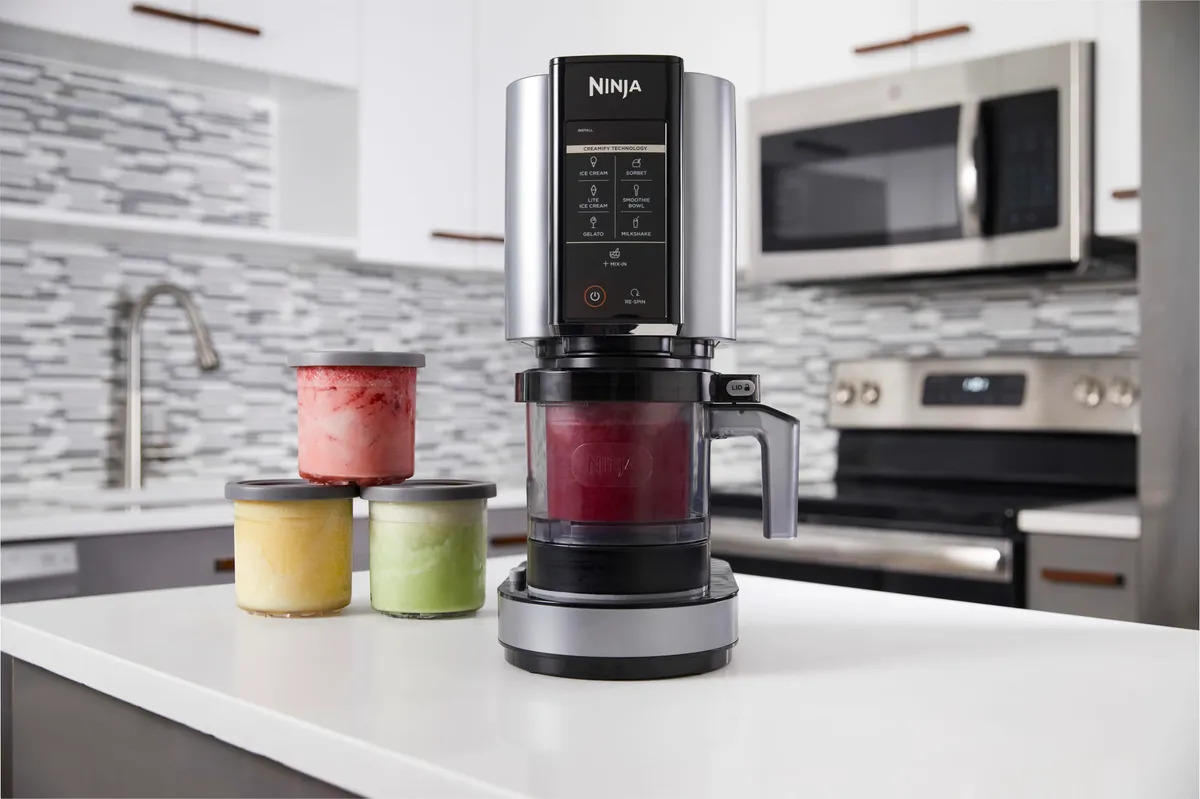
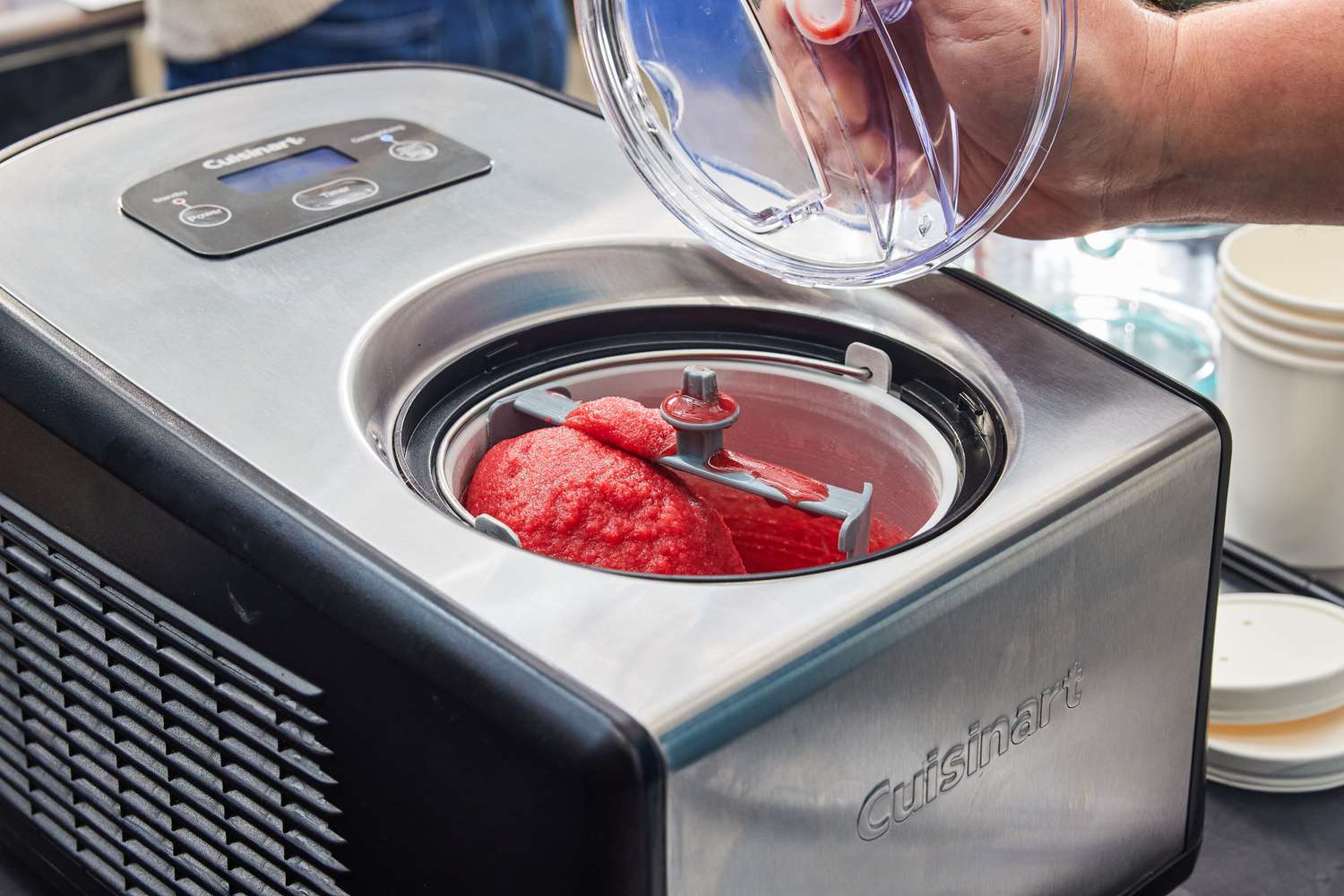
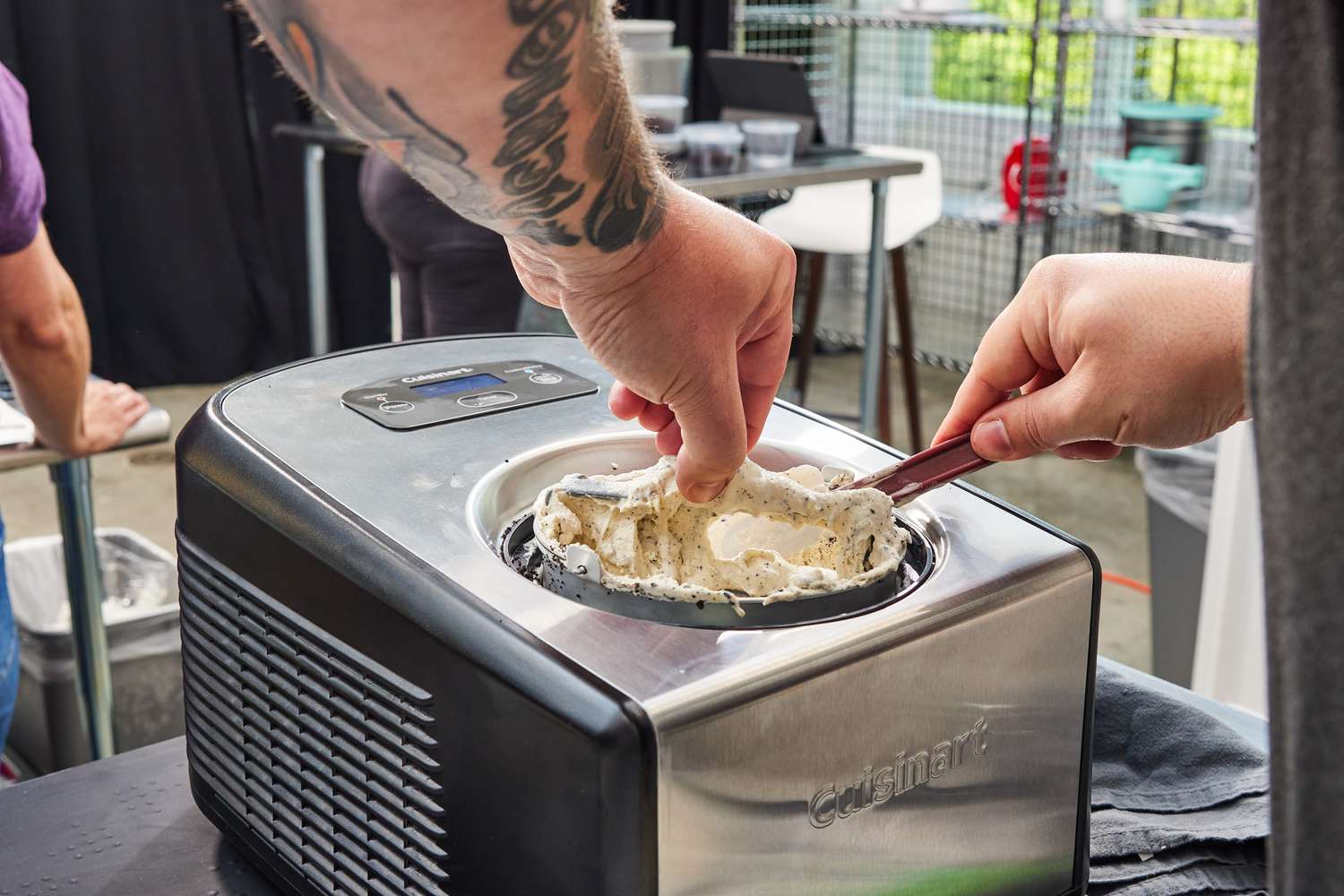

0 thoughts on “How Long Does It Take An Ice Cream Maker To Make Ice Cream”